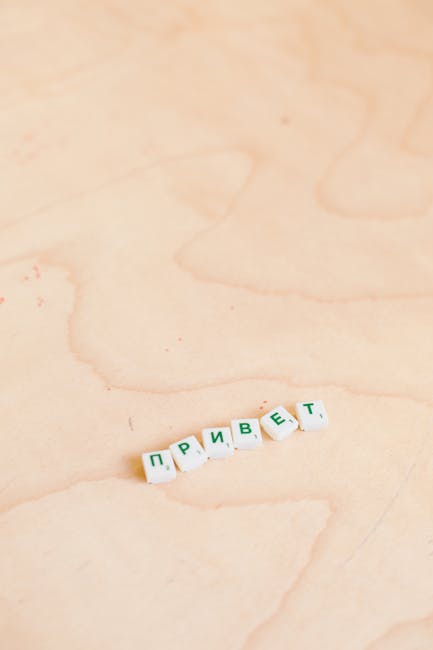The Arabic Alphabet: A Linguistic Treasure Trove
The Arabic alphabet is more than just a collection of letters; it’s a gateway to a rich cultural and historical tapestry. Whether you’re a language enthusiast or simply curious about the world, exploring the Arabic script can be a rewarding adventure. In this post, we’ll delve into the beauty and complexity of the Arabic alphabet, offering insights and tips to help you appreciate its uniqueness.
Table of Contents
1. Introduction to the Arabic Alphabet
2. The Structure of the Arabic Script
3. Historical Significance 🌍
4. Modern-Day Uses of the Arabic Alphabet 📚
5. Tips for Learning the Arabic Alphabet
6. Conclusion
7. FAQs
Introduction to the Arabic Alphabet
The Arabic alphabet is used by over 420 million people around the globe. It’s the script of the Quran and a vital part of Islamic art and culture. Unlike the Latin alphabet, Arabic is written from right to left, and its letters change shape depending on their position within a word. This dynamic aspect can be both challenging and fascinating for new learners.
The Structure of the Arabic Script
The Arabic alphabet consists of 28 letters, each with a distinct sound. Interestingly, there are no capital letters, but the form of a letter changes when it appears at the beginning, middle, or end of a word. This fluid nature gives the script a cursive and artistic flow, making it a favorite in calligraphy. ✨
Historical Significance 🌍
The Arabic script has a rich history, having evolved from the Nabataean Aramaic script. It was first used to write Arabic in the fourth century. Over the centuries, it played a key role in the spread of Islam and Arabic culture across the Middle East, North Africa, and beyond. The script has also influenced other writing systems, such as Persian and Urdu.
Modern-Day Uses of the Arabic Alphabet 📚
Today, the Arabic script is not only used for religious texts but also for modern communication. It’s the basis for several languages, including Arabic, Persian, Pashto, and Kurdish. Additionally, with the rise of technology, the Arabic script has adapted to digital platforms, enabling seamless communication in the Arab world.
Tips for Learning the Arabic Alphabet
1. Start with the Basics: Familiarize yourself with the individual letters and their sounds. Flashcards can be a handy tool for this.
2. Practice Writing: Writing each letter helps reinforce its shape and sound in your memory. 🖋️
3. Use Online Resources: Numerous apps and online courses cater to Arabic learners, offering interactive lessons and quizzes.
4. Immerse Yourself: Listen to Arabic music or watch Arabic films with subtitles to enhance your learning experience.
Conclusion
The Arabic alphabet is not just a writing system; it’s a bridge to understanding a vibrant culture and history. Whether you’re learning for travel, study, or personal interest, embracing this beautiful script can open doors to new perspectives and experiences. So why not start your journey into the world of Arabic today?
FAQs
Q1: How many letters are there in the Arabic alphabet?
A: There are 28 letters in the Arabic alphabet.
Q2: Is Arabic difficult to learn?
A: Like any language, Arabic has its challenges, particularly with pronunciation and script. However, with consistent practice, it becomes manageable and rewarding.
Q3: Can I learn Arabic online?
A: Absolutely! There are plenty of online resources, including language apps, websites, and virtual classes to help you learn Arabic.
Q4: Do all Arabic letters connect?
A: Most Arabic letters connect when written in a word, but a few, like ‚alif‘, do not connect to the following letter.
Q5: Why is the Arabic script written from right to left?
A: The right-to-left orientation of the Arabic script is a historical convention that has been preserved over centuries.






